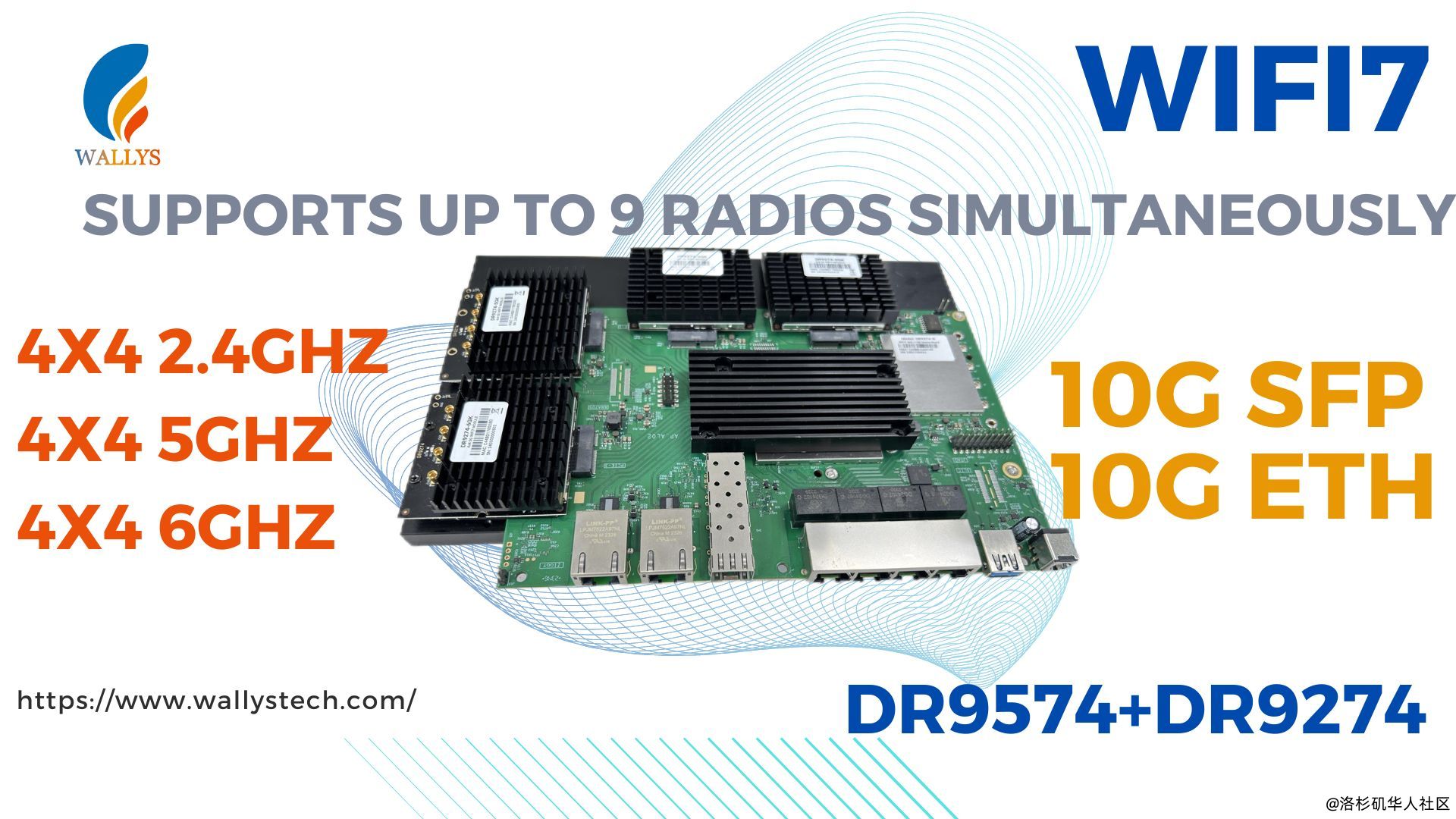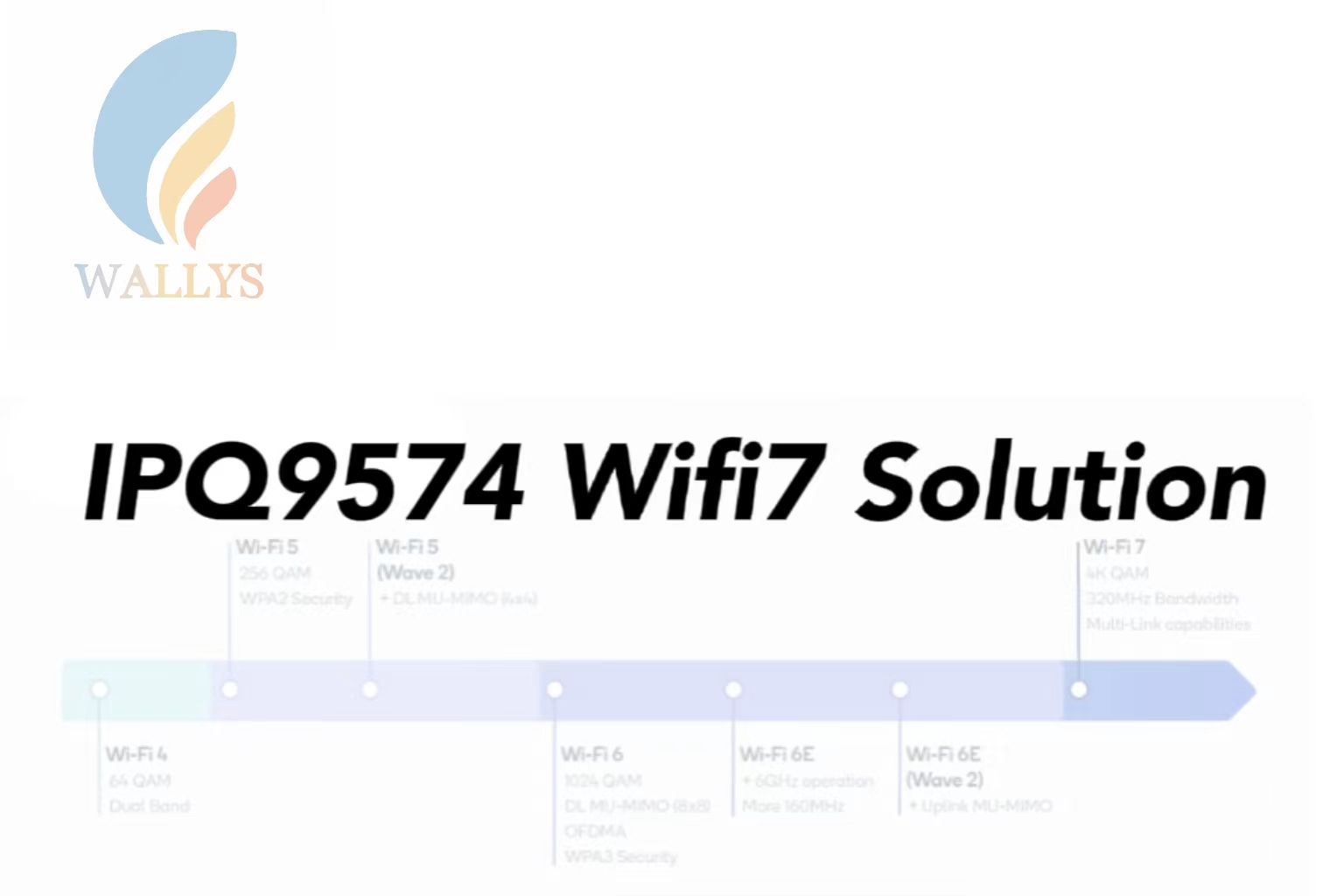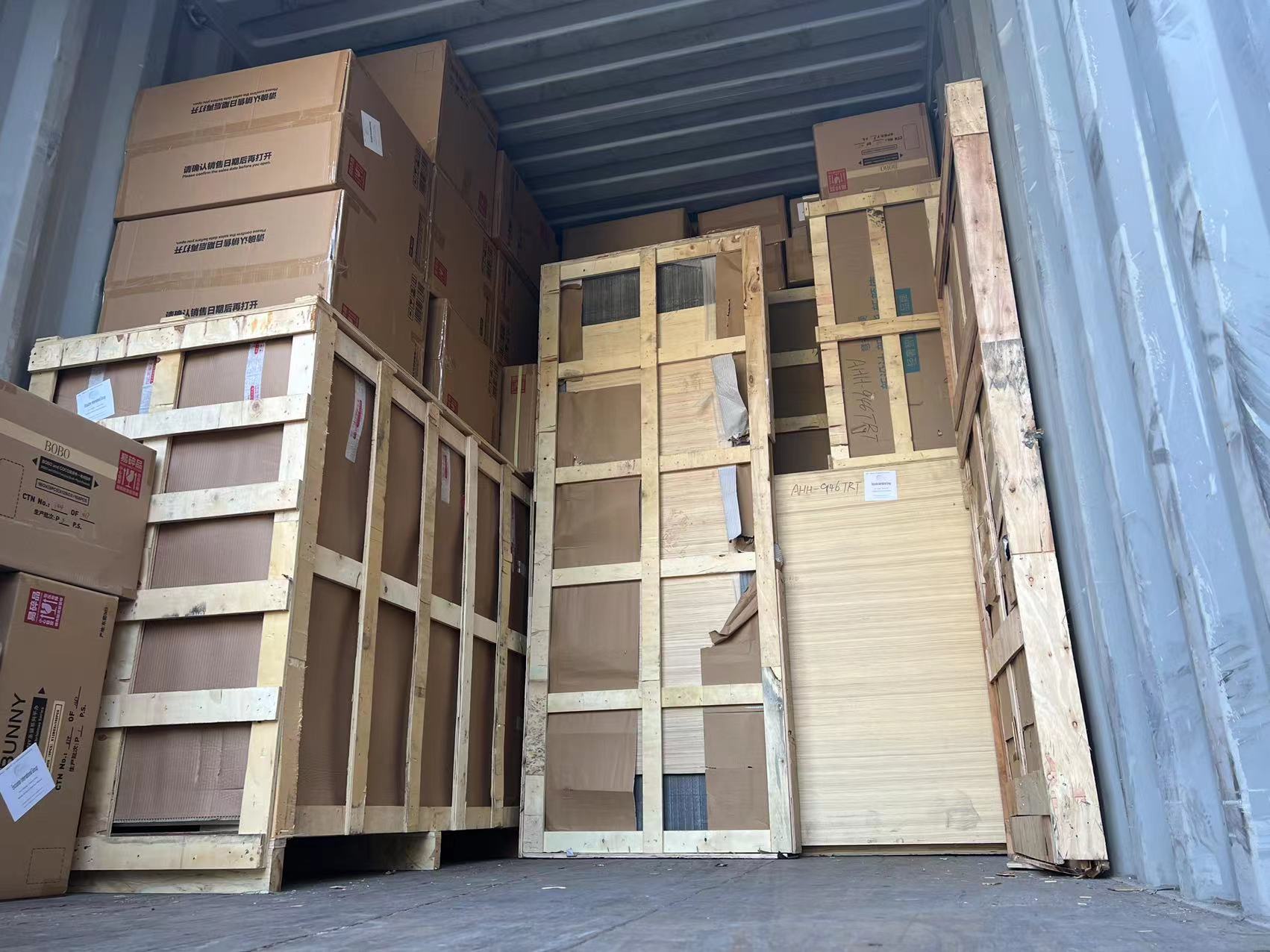QCN9274 VS QCN6274: What’s the Difference Between the WiFi 7 Module Chips?
**Exploring the Differences Between QCN9274 and QCN6274: Understanding the WiFi 7 Module Chips**
In the realm of WiFi 7 technology, the QCN9274 and QCN6274 stand out as prominent choices, each offering unique features tailored to specific applications. While both chips excel in 2.4GHz frequency bands, they differ significantly in their approach to 5GHz and 6GHz frequencies. Let's delve into the distinctions between these two chips to better understand their suitability for industrial and commercial applications.
**QCN9274: Optimized for Industrial Applications**
The QCN9274 chip is specifically engineered to meet the rigorous demands of industrial environments. It boasts robust features tailored to enhance performance and reliability in challenging settings. With its focus on 5GHz and 6GHz frequencies, the QCN9274 excels in providing stable and high-speed wireless connectivity, making it ideal for industrial automation, manufacturing, and IoT applications where reliability is paramount. Its advanced capabilities ensure seamless communication and data transmission, even in complex industrial environments.
**QCN6274: Tailored for Commercial Use**
In contrast, the QCN6274 chip is optimized for commercial applications, prioritizing versatility and flexibility. While it shares similarities with the QCN9274 in the 2.4GHz frequency band, its emphasis on 5GHz and 6GHz frequencies is geared towards meeting the demands of commercial settings such as offices, retail spaces, and hospitality venues. The QCN6274 excels in delivering high-performance WiFi connectivity to support a wide range of devices and applications in commercial environments, catering to the diverse needs of businesses and consumers alike.
**Conclusion: Choosing the Right Chip for Your Needs**
In summary, the QCN9274 and QCN6274 chips offer distinct advantages tailored to different use cases. While both excel in the 2.4GHz band, the QCN9274 shines in industrial applications, providing reliable and robust connectivity in challenging environments. On the other hand, the QCN6274 is well-suited for commercial use, delivering versatile and high-performance WiFi connectivity to support diverse applications in office, retail, and hospitality settings. Understanding the specific requirements of your application is key to choosing the right chip for optimal performance and reliability.
**Explore More with QCN9274 and QCN6274**
To learn more about the QCN9274 and QCN6274 chips and how they can elevate your wireless connectivity solutions, contact us today. Our team of experts is ready to assist you in finding the perfect fit for your industrial or commercial needs.
QCN9274 QCN6274|Wallys DR9274 Modules
Explore Wallys' WiFi 7 Network Card: DR9274
Wallys' QCN9274 WiFi 7 M.2 Card stands out as an exceptional wireless module developed and designed by our team. Powered by the Qualcomm QCN9274 chip, this M.2 module ensures outstanding reliability and performance for industrial wireless applications. It incorporates advanced features and supports the latest wireless standards, making it the ideal choice for various connectivity needs.
Key Features:
– Dual Band 2×2: This version supports both the 2.4GHz and 5GHz frequency bands or both the 5GHz and 6E frequency bands.
– Single Band 4×4: This version supports either the 2.4GHz, 5GHz, or 6E frequency band.
Key Features:
– Dual-Band Version Support: The QCN9274 WiFi 7 M.2 Card enables selectable operation on the 2.4GHz and 5GHz frequency bands or 5GHz and 6GHz frequency bands, providing enhanced network flexibility and improved data transmission rates.
– Single Band Version Support: The Single Band version of the module is available for either the 5GHz or 6GHz frequency band, allowing users to select the frequency band that suits their specific requirements. We offer separate versions for the 5GHz and 6GHz frequency bands.
– Industrial-Grade Reliability: Engineered with industrial applications in mind, this wireless solution meets rigorous quality standards and delivers excellent performance in demanding environments.
– Advanced Connectivity: The QCN9274 WiFi 7 M.2 Card incorporates the latest wireless technologies, ensuring reliable and high-speed connections for industrial IoT, automation, and other wireless applications.
– Compact and Versatile Design: With its M.2 form factor, this card is designed for easy integration into a wide range of devices and systems, offering flexibility and convenience.
WiFi7: Elevating Wireless Connectivity
WiFi7, the next generation of WiFi technology, brings forth a host of features designed to elevate the wireless experience to unprecedented levels. Four prominent features stand out in this transformative journey:
1. 320 MHz Bandwidth Support: Recognizing the insatiable hunger for data, WiFi7 introduces support for an impressive 320 MHz bandwidth. This expanded bandwidth opens the door to faster data transfer rates and enhanced performance, catering to the data-hungry applications of today and tomorrow.
2. 4K QAM Modulation: Quadrature Amplitude Modulation (QAM) has always played a pivotal role in boosting data rates in wireless networks. WiFi7 takes this a step further with 4K QAM modulation. By encoding more data into each signal, 4K QAM increases throughput and efficiency, enabling faster and more reliable connections.
3. Multi-Linked Operation (MLO): One of the standout features of WiFi7 is Multi-Linked Operation, which allows multiple links between a router and devices simultaneously. This innovation optimizes network utilization, minimizes congestion, and improves overall performance, ensuring a seamless experience even in crowded network environments.
4. Multi-User Resource Unit (MRU): The Multi-User Resource Unit is another game-changing addition. It enables routers to allocate resources more intelligently among multiple users, enhancing fairness and efficiency. This ensures that each device connected to the network receives an equitable share of the available resources.
As Wi-Fi 7 approaches, a new era of possibilities emerges. With promises of quicker data transfers and improved multi-user capabilities, this groundbreaking technology is poised to revolutionize industries and enhance user interactions. Are you prepared to welcome the next generation of wireless connectivity?
Email:sales1@wallystech.com
Website:https://www.wallystech.com/
#WiFi7 #QCN9274 #QCN6274 #WirelessConnectivity #IndustrialApplications #CommercialApplications #Reliability #Performance






































